Preparing for a remote birding adventure requires careful planning and packing to ensure you have everything needed for a successful and enjoyable experience. Unlike casual birding in local parks, venturing into remote areas presents unique challenges that demand specialized equipment and thoughtful preparation. From essential optical gear to emergency supplies, what you bring can make the difference between a frustrating expedition and the trip of a lifetime. Whether you’re heading to a tropical rainforest, a mountain range, or a coastal wetland, this comprehensive packing guide will help ensure you’re ready to spot, identify, and document avian species in even the most isolated environments.
Essential Optical Equipment
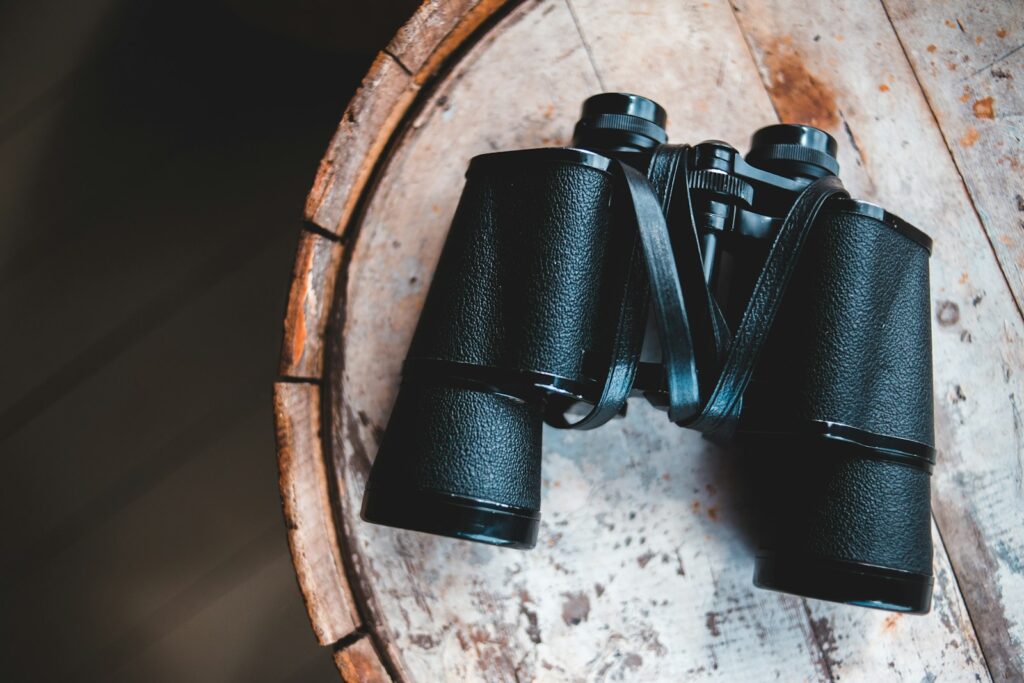
Quality binoculars are the cornerstone of any birding expedition, but for remote adventures, investing in the best pair you can afford becomes even more critical. Look for waterproof and fog-proof models with magnification between 8x and 10x, which offers an ideal balance between field of view and detail. Consider models with enhanced low-light performance if you’ll be birding in dense forests or during dawn and dusk. A spotting scope with a sturdy tripod can be invaluable for observing distant birds across open landscapes like shorelines, plains, or mountain valleys. Remember to pack lens cleaning supplies including microfiber cloths, lens-safe cleaning solution, and a blower brush to remove dust and debris from your optical equipment.
Identification Resources

While smartphone apps have revolutionized bird identification, remote locations often lack reliable internet connectivity, making physical field guides indispensable. Choose region-specific guides that cover the particular ecosystems you’ll be exploring, and consider waterproof editions for rainy environments. A small notebook with waterproof pages and several pencils allows you to record sightings, behaviors, and field marks before memories fade. Pre-download birding apps with offline functionality onto your smartphone or tablet before departure, ensuring you have access to bird calls, range maps, and identification help even without service. Consider laminated quick-reference cards for the most common species in your destination region to speed up identification in the field.
Photography Equipment

Bird photography in remote locations presents unique challenges that require specialized equipment beyond casual wildlife photography. A camera with fast autofocus, good burst shooting capabilities, and strong low-light performance will significantly improve your chances of capturing quality images. Invest in a telephoto lens with at least 300mm focal length, though 400-600mm is ideal for most bird photography scenarios. Pack extra memory cards, at least three fully-charged camera batteries, and consider a portable battery charger that can be solar-powered for extended trips. A lightweight but sturdy tripod or monopod will prove invaluable for stabilizing your camera during extended observation periods, especially in low light conditions when slower shutter speeds are necessary.
Specialized Clothing

Dressing appropriately for remote birding requires a careful balance between comfort, protection, and stealth. Choose clothing in muted earth tones like olive, brown, or gray to blend into natural surroundings and avoid startling birds with bright colors. Invest in quick-drying, lightweight layers that can be added or removed as temperatures fluctuate throughout the day, particularly important when starting before dawn or birding at higher elevations. Consider specialized birding vests with multiple pockets to keep essential items like field guides, notebooks, and lens cloths easily accessible without the need for noisy backpack rummaging. Don’t underestimate the importance of proper headwear: a wide-brimmed hat protects from sun while reducing glare that can interfere with observation, and a neck gaiter can provide additional sun protection or warmth as needed.
Footwear Considerations
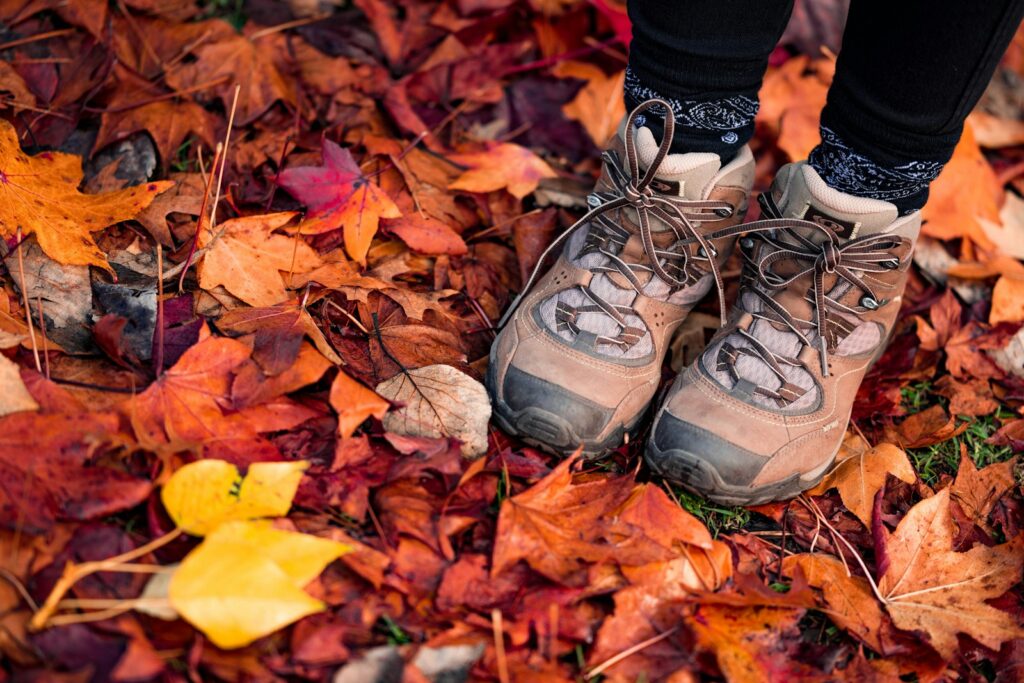
The right footwear can make or break a remote birding expedition, especially when traversing challenging terrain for extended periods. Waterproof hiking boots with ankle support are essential for most environments, providing stability on uneven ground and protection from moisture in wetlands or morning dew. For tropical locations, consider quick-drying trail shoes with excellent drainage capabilities, paired with moisture-wicking socks to prevent blisters during hot, humid conditions. Pack lightweight camp shoes or sandals for wearing around your accommodations, giving your main footwear time to dry out after long days in the field. If your adventure includes specialized environments like marshes or mudflats, rubber boots or technical waders might be necessary additions to your packing list.
Navigation Tools

Reliable navigation equipment becomes critical when birding in remote locations where getting lost could have serious consequences. Always carry a detailed physical map of your destination area and a compass, even if you plan to rely primarily on digital navigation tools. A GPS device with pre-loaded maps of your destination can be invaluable, especially models designed for outdoor use with long battery life and waterproof capabilities. Research and download offline maps for your smartphone before departure, and consider apps specifically designed for backcountry navigation that show terrain features and trails. For multi-day expeditions, a personal locator beacon (PLB) or satellite messenger provides emergency communication capabilities when outside of cellular coverage.
Hydration and Nutrition

Maintaining proper hydration and energy levels is essential during long days of birding in remote locations where resupply options are limited or nonexistent. Carry at least two liters of water capacity per person per day, using a combination of water bottles and hydration bladders for convenience. Pack water purification tools like filters, chemical treatments, or UV purifiers to safely refill from natural sources during extended trips. Energy-dense, non-perishable foods like trail mix, energy bars, and jerky provide sustained nutrition while minimizing weight and space in your pack. Consider specialized birding snacks that can be eaten quietly with one hand, allowing you to maintain your binoculars and stay alert for bird activity while refueling.
Environmental Protection

Remote birding often exposes you to environmental challenges that require specific protective measures. High-quality sunscreen with at least SPF 30 is essential, even on cloudy days or in forested areas where UV radiation can still penetrate. Insect repellent containing DEET or picaridin helps prevent bites that can cause discomfort or transmit diseases in many bird-rich environments, particularly in tropical and wetland areas. Consider treating your field clothes with permethrin for additional protection against ticks and other arthropods in regions where insect-borne diseases are prevalent. A comprehensive first-aid kit should include antihistamines for allergic reactions to stings or plants, as well as treatments for common field injuries like blisters, scrapes, and sprains.
Specialized Birding Accessories
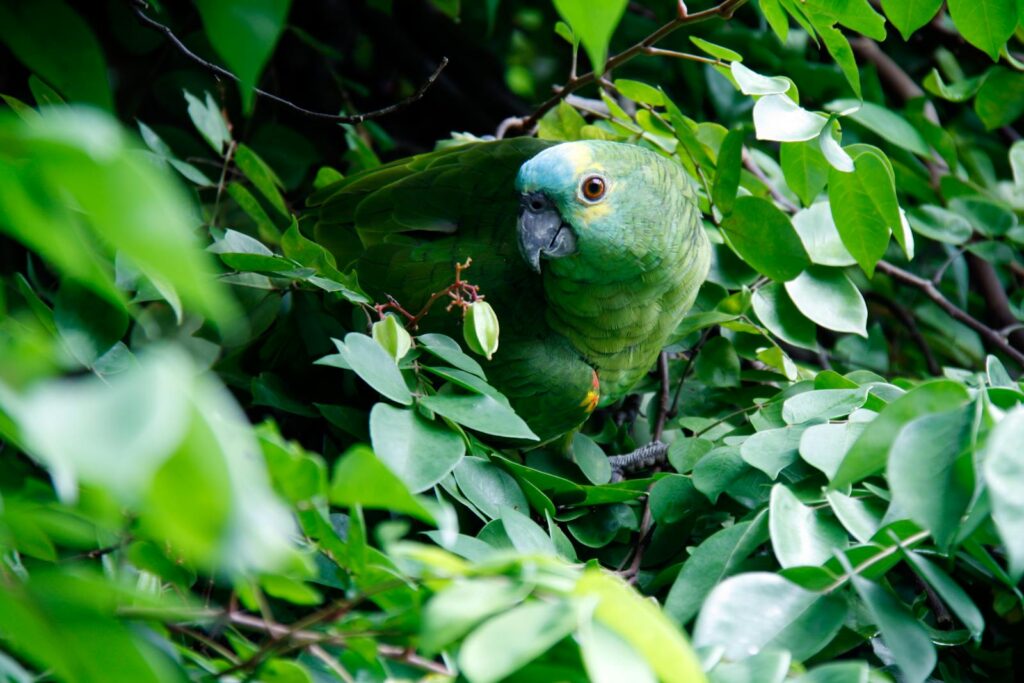
Several specialized accessories can significantly enhance your remote birding experience beyond the obvious optical equipment. A laser rangefinder can help accurately determine distances to birds, useful for both identification purposes and photography settings. Bird calls or audio players with speakers should be used sparingly and ethically, but can occasionally help attract elusive species in appropriate circumstances. Collapsible blinds or camouflage drapes provide concealment when observing shy species or photographing birds at close range without disturbing their natural behavior. Consider packing a lightweight portable stool or sitting pad to increase comfort during extended observation periods at productive spots, reducing fatigue that can diminish your birding enjoyment and effectiveness.
Camping and Overnight Gear
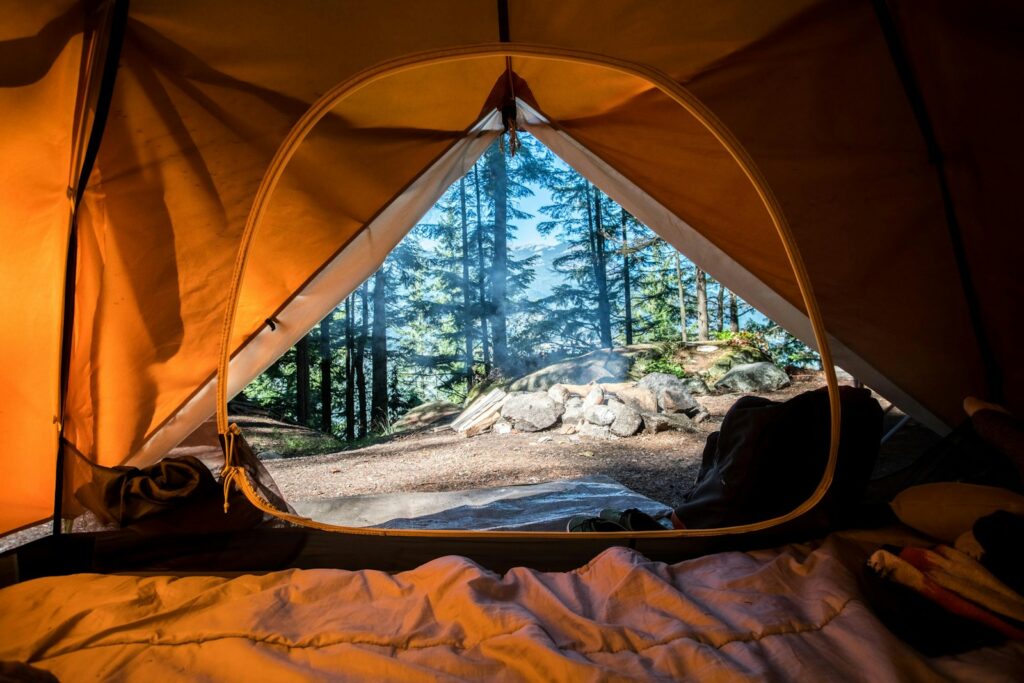
Many remote birding locations require overnight stays in the field to maximize prime birding times like dawn and dusk. A lightweight, weatherproof tent suited to your destination’s climate provides essential shelter, ideally in muted colors that blend with the environment. Select a sleeping system appropriate for expected temperatures, including a quality sleeping bag and insulated sleeping pad for both warmth and comfort on uneven ground. A headlamp with both white and red light options allows for necessary tasks after dark while minimizing disruption to your night vision and to nocturnal wildlife. For cooking, consider lightweight, fuel-efficient stoves that operate reliably in various weather conditions, allowing you to prepare hot meals and beverages that provide comfort and energy during challenging field conditions.
Emergency Preparedness
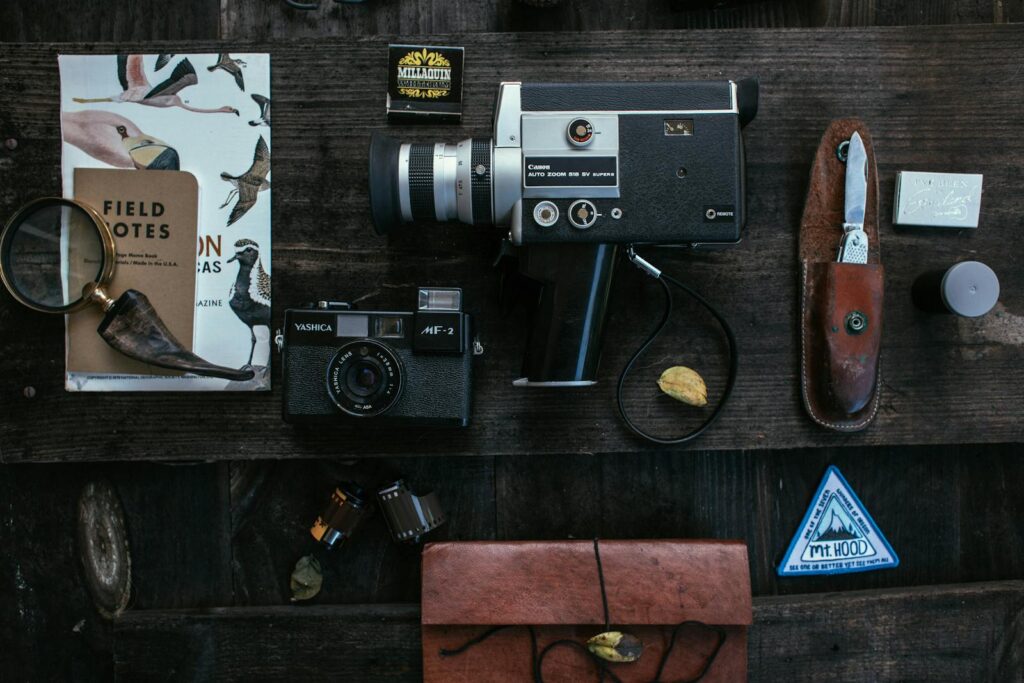
The remote nature of serious birding expeditions necessitates comprehensive emergency planning and appropriate equipment. A well-stocked first aid kit should include basics like bandages and antiseptics, plus treatments for region-specific concerns like blister care for hiking-intensive trips or antihistamines for environments with stinging insects. A multi-tool or knife serves countless purposes from gear repairs to food preparation, while emergency fire-starting materials should be carried even in environments where fires aren’t typically needed. An emergency shelter such as a space blanket or lightweight tarp provides protection if you’re unexpectedly required to spend additional time in the field due to injury or weather changes. Always leave detailed trip plans with someone reliable, including expected return times and actions to take if you don’t check in as scheduled.
Electronic Devices and Power Solutions
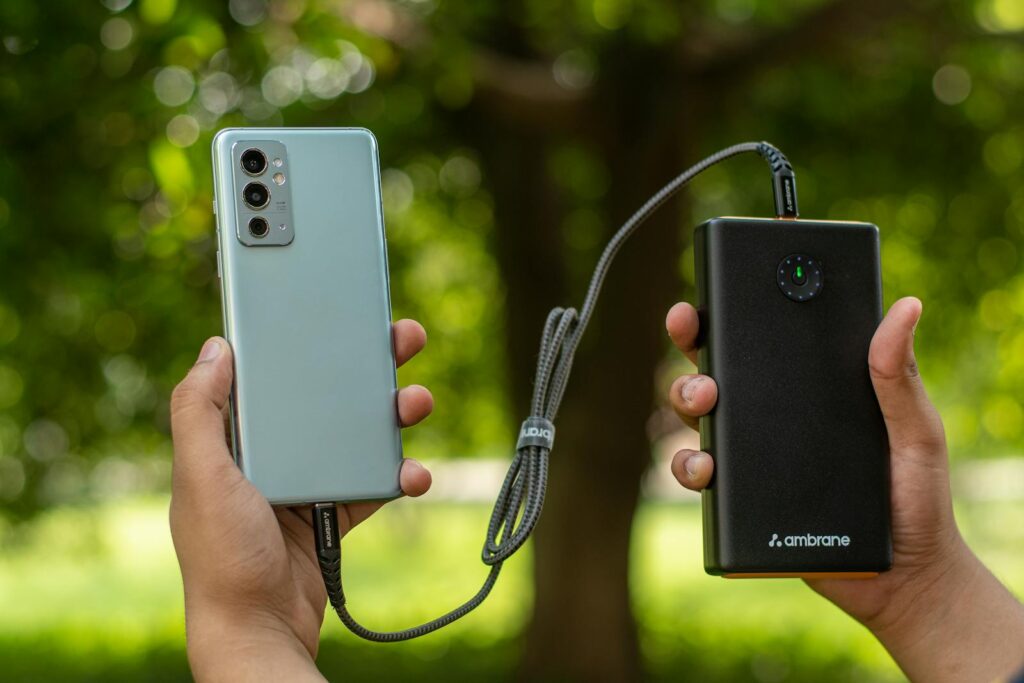
Managing electronic devices in remote locations requires thoughtful planning to ensure critical equipment remains operational throughout your adventure. Portable power banks with sufficient capacity to recharge your essential devices multiple times are fundamental, with 10,000-20,000 mAh typically providing a good balance between capacity and weight. Solar chargers can extend your power independence during multi-day expeditions, though they work best in open, sunny environments rather than dense forests. Store electronics in waterproof cases or dry bags when not in use, protecting them from rain, humidity, and unexpected immersion. Consider bringing a weather radio for remote locations where obtaining forecasts is otherwise impossible, helping you anticipate conditions that might affect both bird activity and your safety.
Documentation Tools

Properly documenting your bird observations enhances both the personal value of your experience and potential scientific contributions. A dedicated birding journal with waterproof pages allows you to record detailed observations including species, numbers, behaviors, habitat notes, and weather conditions that might be forgotten later. An audio recorder can capture bird vocalizations for later identification or documentation of unusual calls and songs that might represent significant records. Small, portable species checklists specific to your destination region help ensure comprehensive documentation and prevent overlooking expected species. Consider participating in citizen science platforms like eBird that allow you to contribute your observations to global databases, making your remote adventure beneficial to broader scientific understanding of bird distributions and populations.
Packing and Organization
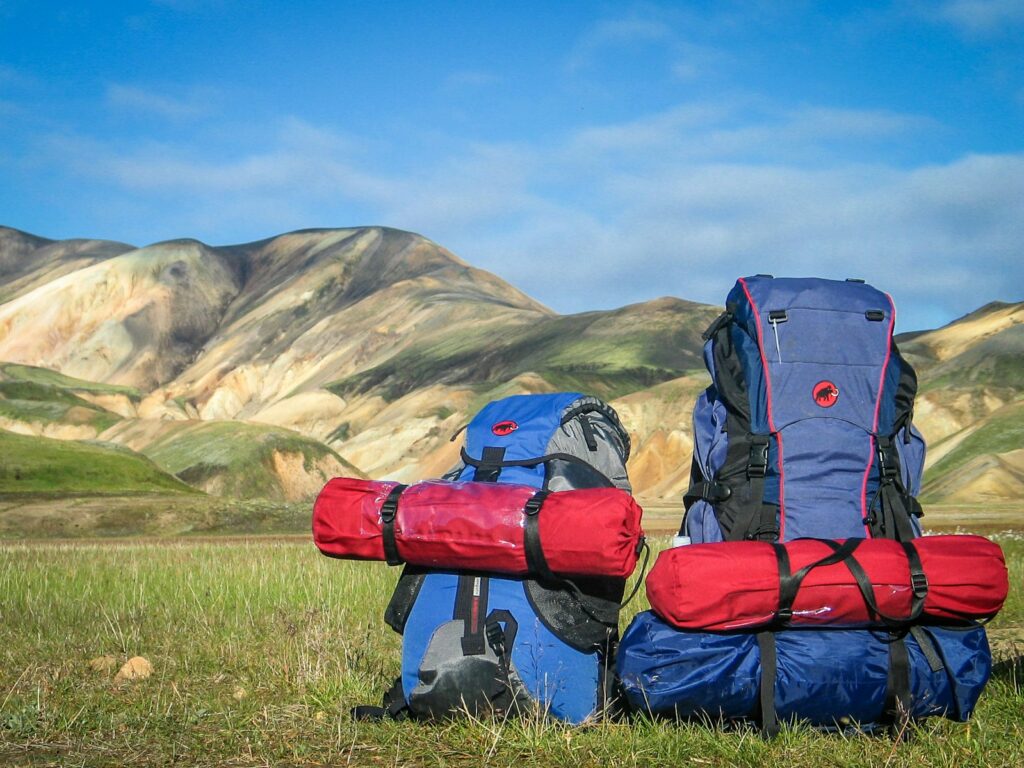
Effective organization of your gear can significantly enhance your birding efficiency and enjoyment in remote settings. Use a waterproof backpack with appropriate capacity for your equipment, ideally featuring multiple compartments for organization and quick access to frequently needed items. Organize similar items in color-coded stuff sacks or packing cubes, making it easier to locate specific gear without emptying your entire pack. Keep optics and electronics in padded, waterproof cases when not in use, protecting these vulnerable items from impacts and environmental damage. Develop a consistent packing system that becomes routine, reducing the chance of forgetting essential items and helping ensure critical gear is always stored in the same location for quick access when bird opportunities arise suddenly.
A well-planned packing strategy transforms remote birding from a potentially challenging ordeal into an extraordinary adventure. By thoughtfully assembling the right combination of optical equipment, field guides, appropriate clothing, and safety gear, you’ll be prepared to encounter rare species in their natural habitats while maintaining comfort and security far from civilization. Remember that successful remote birding emphasizes quality over quantity – select versatile, durable items rather than overpacking with specialized gear for every contingency. With this comprehensive packing approach, you’ll be ready to fully immerse yourself in the remarkable avian diversity found only in the world’s most secluded environments, creating memorable encounters and potentially contributing valuable observations to our understanding of birds and their conservation needs.
